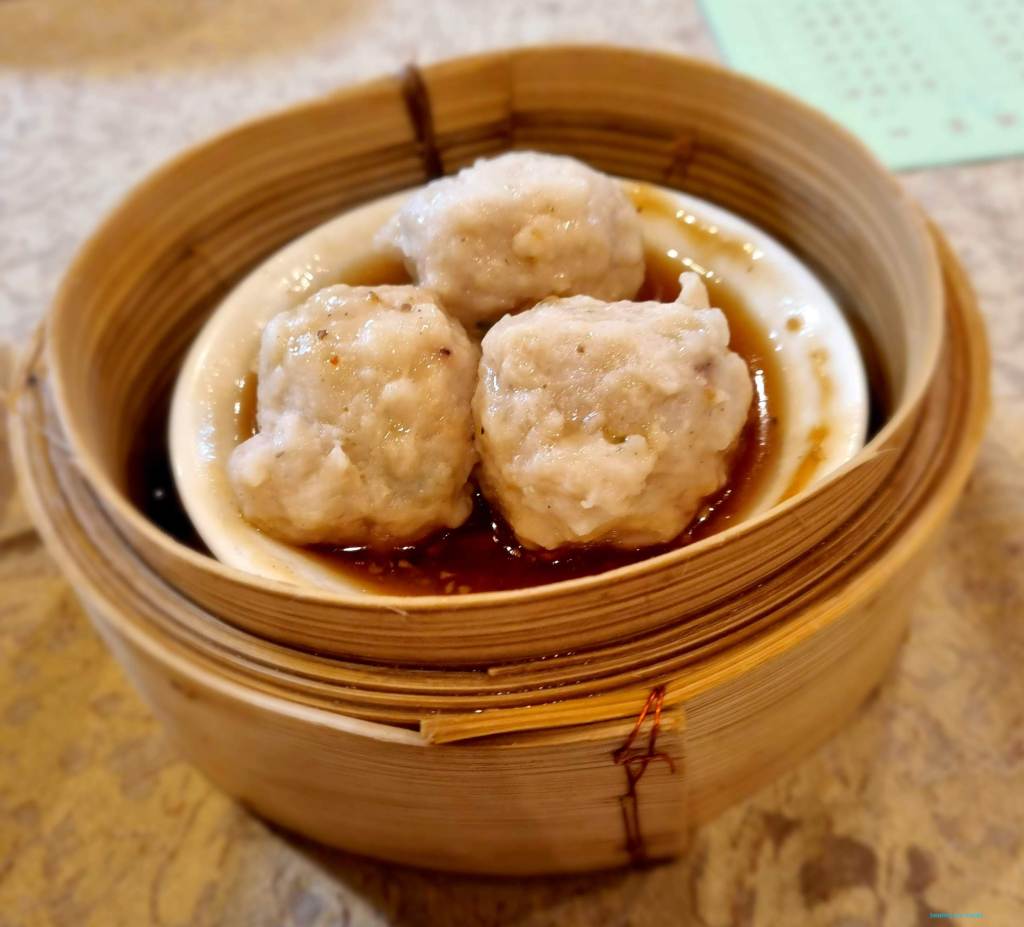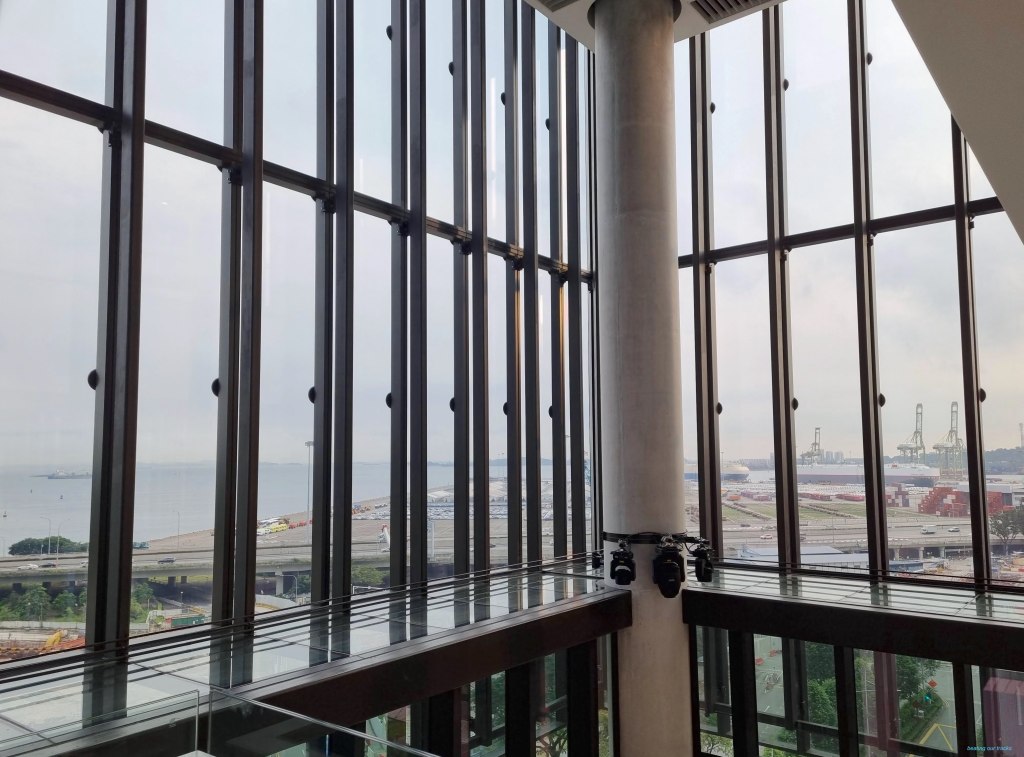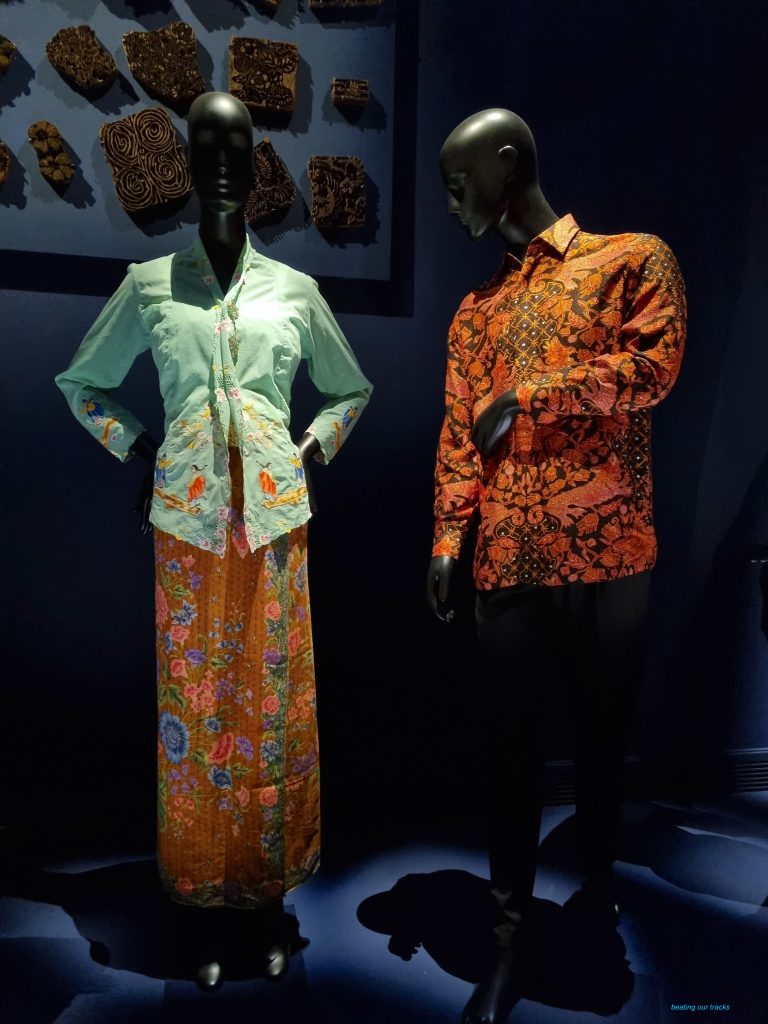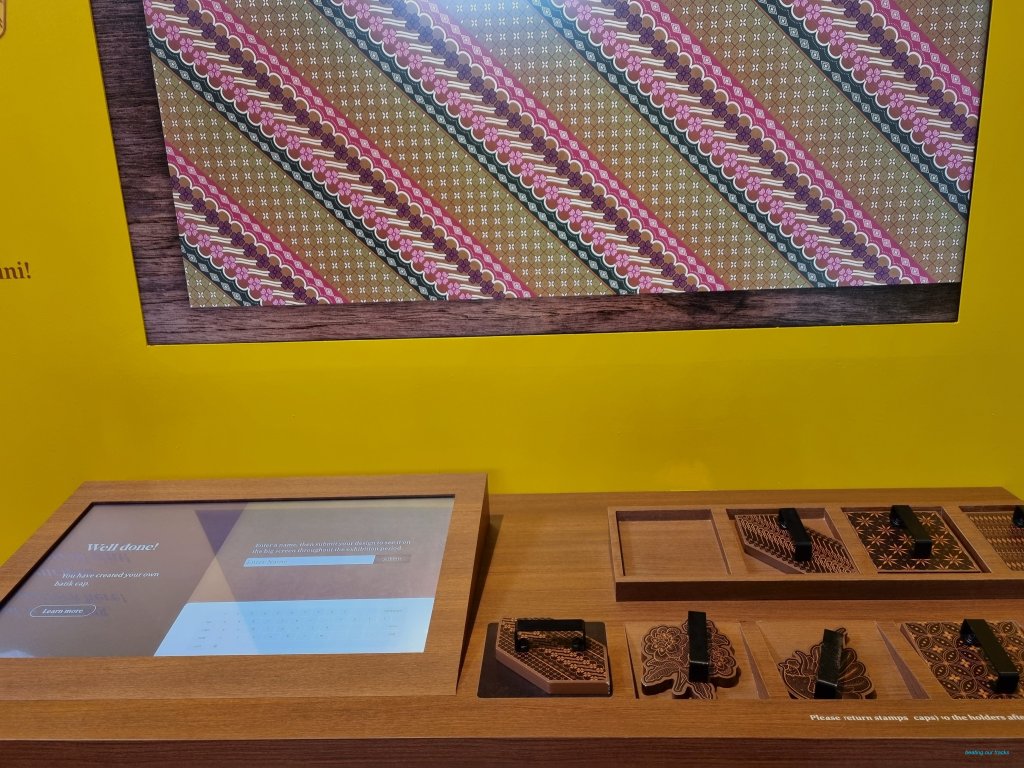
The last time I went to Red Star was about 30 years ago, for a wedding dinner. The venue was shared by three couples that night, so you can imagine it was chaos and crowd.
This is what its normal self looks today.

Reminds me very much of the days when, on certain occasions, we would eat out with either of my grandmas at these crowded, bustling Chinese restaurants, including at Sin Leong, Dragon Phoenix and Lai Wah, Red Star’s contemporaries in the star Cantonese food quartet.
[Read here about the four disciples of Master Chef Luo Chen Seng of Cathay Restaurant and them inventing lohei!]

Red Star, like Lai Wah and other restaurants, was badly hit by Covid. I don’t know what “drastic actions” were taken but it is still around and looks like it is not doing too badly on a weekday.
Some of the staff look like they’ve been working here for decades and this is the only restaurant that I know still has push-cart tim sum.

We enjoyed our:






Our meal came up to about $50, a reasonable price for above average tim sum.
Inevitably, eating tim sum causes our thoughts to fly to Hong Kong. [as does any mention of ‘four heavenly kings’ 四大天王 – translated article about how they are doing today; I don’t agree that Andy Lau was “really not handsome when he was young” but I totally agree that Jacky Cheung is the best singer of the four and in fact, I think he is the only one who deserves to be a ‘king’… Who should the other kings have been? Alan Tam, Sam Hui, Danny Chan, I say. That’s another story…]
Red Star is at:
54 Chin Swee Road, #07-23
Better make a booking if going during the weekend.






































































































































